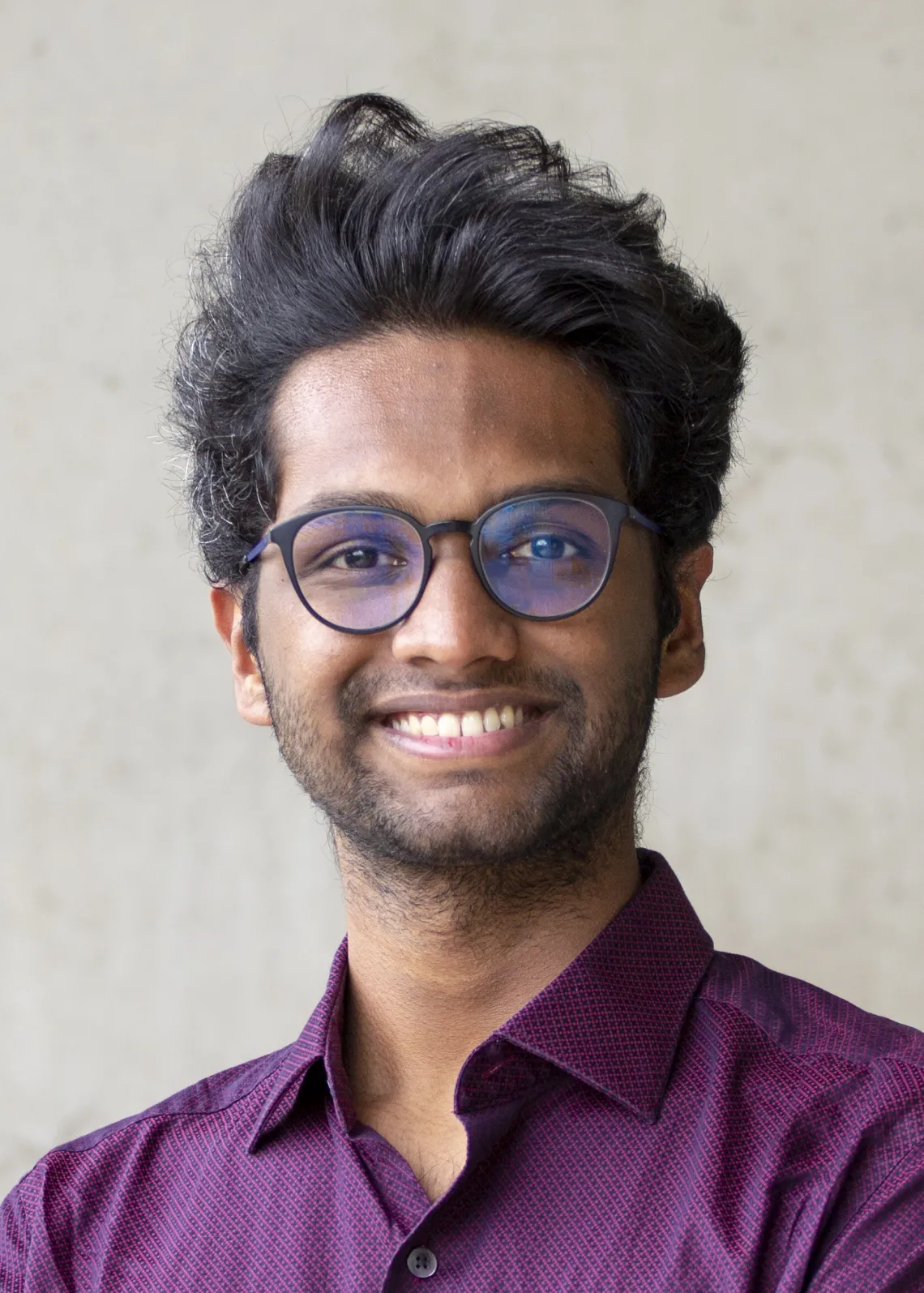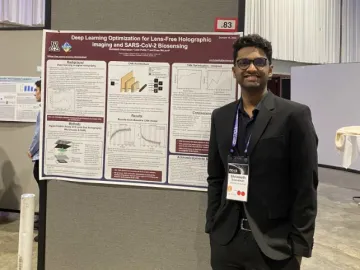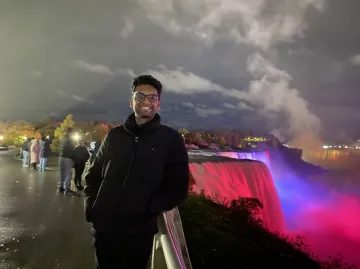Another Wavelength: Shriniketh Sreevatsan

This week in Another Wavelength, we chat with BS student, Shriniketh Sreevatsan. He is pursuing a degree in optical engineering. Shriniketh is doing research with Dr. Euan McLeod in the nanophotonics lab.
Where are you from?
I am from a city in South India called Chennai.
What brought you to study optics?
I have always been passionate about the optics used in technology and how we tend to take it for granted. However, every technology relies on a complex system of optics that allows it to function as intended. Despite its importance, I believe that the field of optics in technology is often underrated. That is why I am interested in advancing optics in technology and innovating solutions that can improve people's lives and safety.
Who is your hero in science?
I believe that the scientific and the engineering community is built and being built by many different great researchers, scientists and engineers. So I do not have any one specific hero, rather the entire community. We have grown human knowledge so much in the past thousands of years and it would not be possible without all of us and not any one person.
Describe your research in 20 words or fewer.
I work in integrating the lens-free microscope and deep learning to make a rapid and portable biosensor.

Describe your research in 200 words or fewer.
We use microspheres that are coated with a functionalizing molecule like an antigen specific to the coronavirus and in a sample with this virus these particles form clusters. We can quantitate these clusters and establish a limit of detection (LOD). The sample with the virus and the particle are imaged using a lens-free microscope. This microscope is able to use LED to image the sample by forming an interference pattern due to scattering, this interference pattern is computationally reconstructed to form an image. This image consisting of these particle clusters are then sent to a deep learning algorithm that we built. The deep learning algorithm is trained to identify and quantify these clusters. Using the information from the deep learning algorithm, we are able to establish an LOD. My research is to build this deep learning algorithm and optimize it for the best performance with which a more robust LOD can be established.
Name three neat facts about you.
- I love escape rooms and I have done almost all the escape rooms in Tucson.
- I enjoy cooking and creating new recipes.
- I love travelling and exploring new cities.

